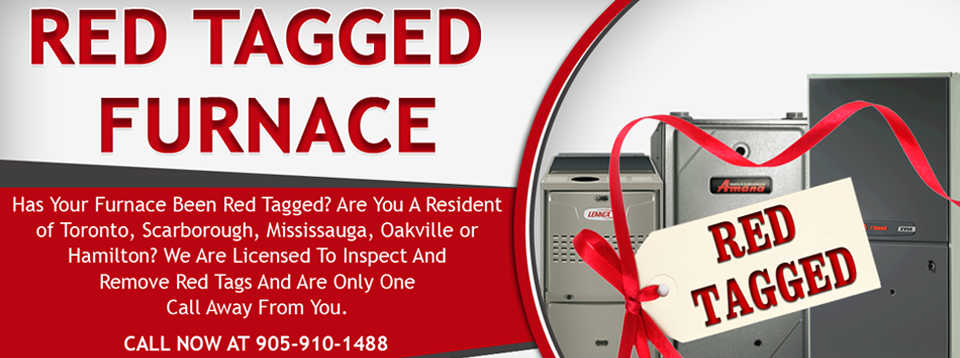A thermostat is basically a device which is used in different types of heating and cooling appliances, building architectures and other home/business appliances with the primary objective to sense the temperature of the system so as to keep it in the desired/preset limit. We are aware of one such type of Thermostat that is installed in our homes to control our HVAC system. While there has been a lot of advancements in the Thermostat technology, for instance, the latest Thermostats are capable of sensing the outdoor temperature and humidity as well, the homes in Canada still have all different categories of Thermostats ranging from the very old Mercury Thermostats to the very latest Smart Thermostats.
Today let us learn about these different types of Thermostat and what their pros and cons are. Let's begin:

Today let us learn about these different types of Thermostat and what their pros and cons are. Let's begin:
Manual Thermostats - You control!
The Manual Thermostats are the oldest type of Thermostats that, as said above, as still in use in many Canadian homes. This type of Thermostats demand the homeowner to set the temperature manually by rotating the dial and only then they change the temperature. To keep it simple, no pre-set settings are available. There are some pros and cons of this type of Thermostats. The pros are that they are cheap and easy to use. People with little to no exposure to latest technologies can find ease with these Thermostats even now in the year 2017 and onwards. However, the cons of Manual Thermostats is that they are relatively imprecise and sometimes inconvenient too. Also, the disposal of the Manual Thermostats that are usually the mercury Thermostats is very difficult and it also poses threat to the environment.
Programmable Thermostats - Pre-set!
Programmable Thermostats were considered a big step up when they were initially introduced since they allow pre-setting of temperatures. You can simply set the temperatures on the unit and it automatically shifts to the set temperature at the set timings. There are many different types of Programmable Thermostats available today in the market that offer 4-7 days programming features. With easy to use interface, digital displays and reminder features, for many, this is the most suitable Thermostat type, however, some homeowners could still find it non-compatible due to limited features (compared with Smart Thermostats), high price (compared with manual thermostats) or some other reasons. So manufacturers didn't stop here at the Programmable Thermostats, they went a step ahead.Smart Thermostats, Disclaimer! Only for Smart Homeowners!
The Smart Thermostats is the latest thermostat technology available. Although the use of them hasn't become widespread as people are still continuing with their old thermostat technologies, the Smart Thermostats are likely to take the lead in the coming years owing to the benefits they offer. Let's first talk about the cons and then we shall move towards what do they offer.
The two major drawback of them is that;
The two major drawback of them is that;
- They are very costly. (over $100 in any case. Some are even above $400)
- Some people can find the use very difficult
- They are not compatible with every type of HVAC system
- They offer up to 7-day programming
- They can be controlled from anywhere using wifi technology
- They notify regarding filter changing, maintenance etc
- They provide with energy usage data
- Many Thermostats come with a remote troubleshooting feature
- Some models offer voice recognition software using which you can make settings using voice command and much more.
If you are looking forward to purchasing a Thermostat but are wondering what would work best for your home, let us help you. Connect with us today for HVAC consultation, queries and quotes: 905-910-1488




